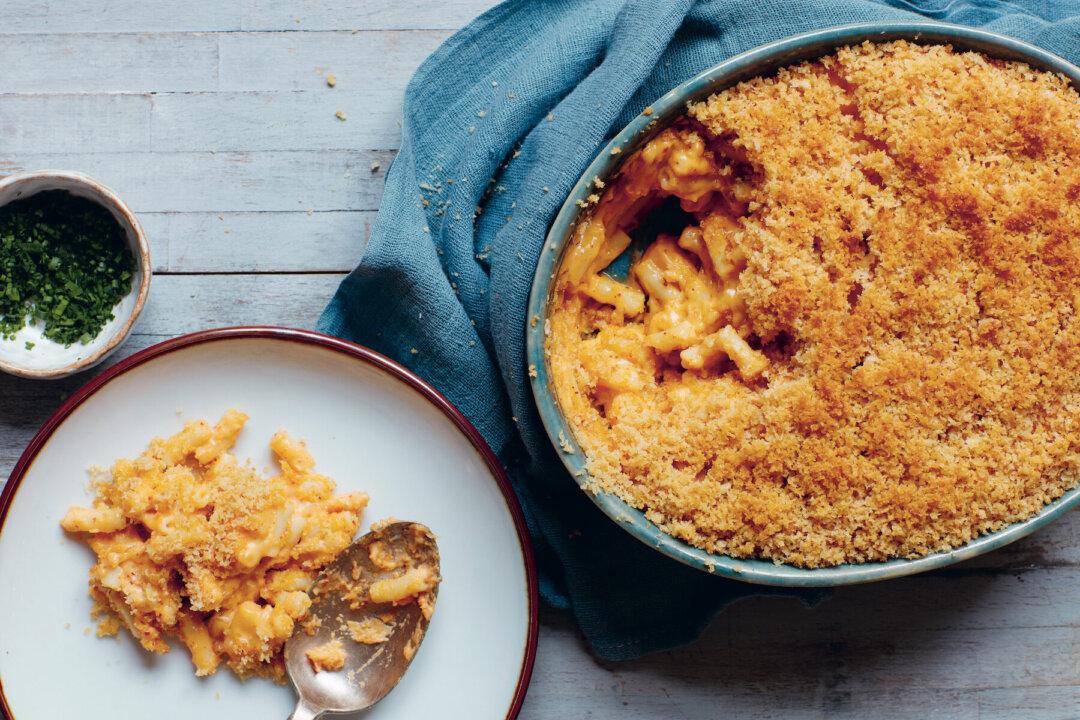Korean food is grounded in fermentation—quite literally.
Traditionally, large clay pots, called onggi, were buried underground to achieve optimal temperatures for fermenting and preserving their contents. Many different kinds of foods were and still are fermented; the process is so ubiquitous in the cuisine that Korea has been referred to as the “kingdom of fermented foods.”





